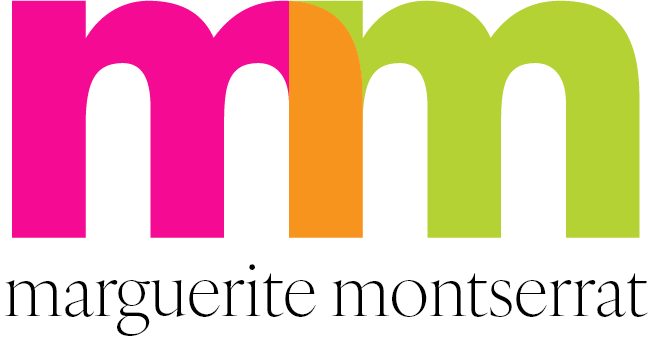What is Abstract Minimalist Art?
Abstract minimalism is an art movement characterized by simplicity, geometric forms, and a focus on color and texture. It emerged as a response to the complexity and emotional intensity of Abstract Expressionism in the mid-20th century. Abstract minimalism aims to reduce art to its essential elements, stripping away unnecessary details and embracing a more direct, pared-down aesthetic.
Critical features of abstract minimalism include:
Simplicity: Abstract minimalist artists often use simple shapes, lines, and color fields to create compositions. The goal is to minimize visual complexity and develop a sense of harmony and balance.
Geometric forms: Abstract minimalism frequently incorporates geometric shapes, such as rectangles, squares, circles, and lines. These forms are often arranged in grids or patterns, emphasizing order and structure.
Color and texture: While some abstract minimalist artists work with a limited color palette or monochromatic schemes, others explore the interaction of different colors and the emotional impact they can create. The texture is also essential in abstract minimalism, as artists experiment with various materials, brushstrokes, and surfaces to create visual interest and depth.
Reduction and purity: Abstract minimalism aims to reduce art to its most fundamental elements, eliminating unnecessary detail or ornamentation. The focus is on the purity of form and the essence of artistic expression.
Spatial relationships: Abstract minimalist art often explores the relationship between forms and the surrounding space. Artists may use negative space or the arrangement of shapes to create a sense of depth, tension, or balance within a composition.
Abstract minimalist art is a type of art that is characterized by its simplicity, use of geometric shapes and forms, and lack of representational imagery. This type of art focuses on the beauty of form, color, and texture rather than depicting a recognizable object or scene.
One of the main principles of abstract minimalist art is the use of negative space. Negative space refers to the empty or unoccupied areas in an artwork. In abstract minimalist art, negative space is used to create a sense of balance, harmony, and tension between the different elements of the composition.
Another critical element of abstract minimalist art is the use of color. The use of color is used to create a sense of depth, contrast, and texture in the artwork. Minimalist artists often use a limited color palette, focusing on primary colors or muted tones.
American artist Donald Judd is one of the most famous artists associated with abstract minimalist art. Judd was known for using industrial materials, such as steel and Plexiglas, to create sculptures and installations characterized by their clean lines and geometric forms.
In recent years, abstract minimalist art has experienced a resurgence in popularity, with many contemporary artists exploring this style in new and innovative ways. Some contemporary artists use digital tools to create abstract minimalist art, while others focus on traditional materials and techniques.
One of the benefits of abstract minimalist art is its versatility. It can be used in various settings, from residential and commercial spaces to public installations and exhibitions. It can also be adapted to multiple mediums, including painting, sculpture, and mixed media.
Abstract minimalist art is a unique and fascinating style that has captured the imagination of artists and art lovers for decades. Its focus on simplicity, form, and color creates a sense of beauty and harmony that anyone can enjoy, regardless of their artistic background or experience. Whether you are a collector, an artist, or simply an admirer of beautiful things, abstract minimalist art is a genre worth exploring.

